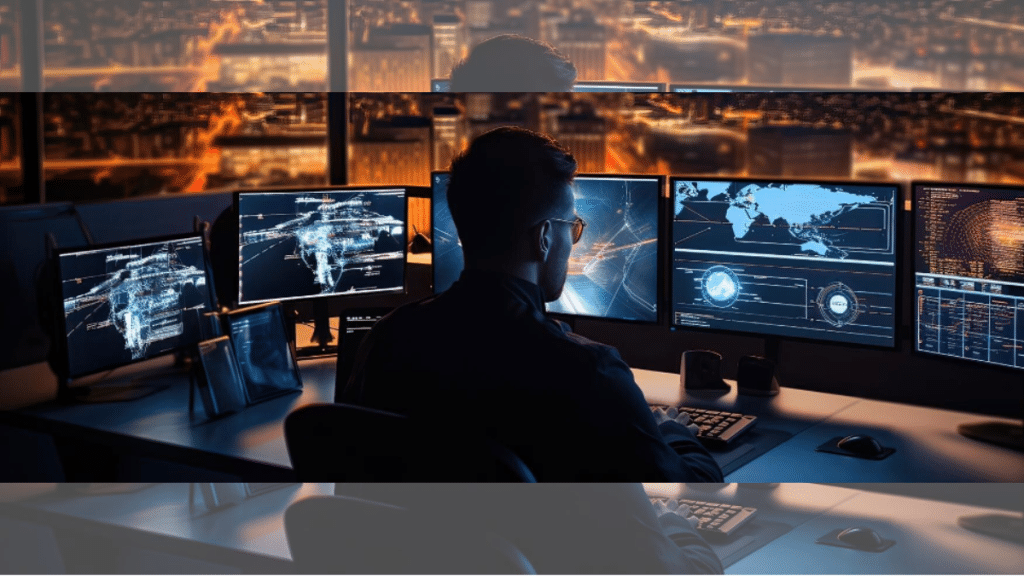Staying safe today isn’t just about being alert in the physical world – it also means staying informed in the digital one. As technology becomes smarter and threats evolve, our approach to personal safety has to keep up. Whether you’re commuting, raising kids, or exploring a new city, real-time safety tools can help protect you from both traditional dangers and modern digital threats.
Here’s how technology is reshaping personal security – and how you can take advantage of it.
Location-Based Alerts Make Everyday Travel Safer
Imagine heading to the park with your kids and getting a discreet alert that someone with a criminal background is nearby. Or being notified in real time about a surge in petty crimes in a specific neighborhood. Location-based safety apps now provide this kind of awareness.
Tools like Guardely utilize offender tracking and geofencing to help people stay safe as they move about their day. These tools don’t just alert you after something happens – they aim to warn you before it does.
Smart Devices That Empower Parents and Families
Technology has redefined parenting. Instead of calling every hour to check in, parents can now use apps that track their kids’ locations, alert them if a child enters an unsafe area, or even monitor behavior trends. Some apps even provide a historical view of where family members have been over the past few days or weeks.
This is especially useful for families with school-aged children or elderly relatives. Being able to react quickly to unexpected situations – or even prevent them altogether – offers a level of reassurance that was previously impossible.
Emergency Response Has Gone Mobile
In emergencies, every second counts. Thankfully, mobile safety tools are making it easier than ever to call for help – and provide first responders with critical information instantly.
Modern apps can alert emergency contacts with one tap, share GPS locations with paramedics, and even provide access to medical histories or allergy information. This can dramatically reduce response time and improve outcomes in high-stress situations.
Data Transparency and Its Double-Edged Sword
The growing accessibility of public safety data has helped many people make more informed decisions – but it also requires discretion. Just because information is available doesn’t mean it should inspire fear or paranoia.
A well-designed safety app offers more than raw data; it provides context. Instead of just displaying offender information, it explains the risk level, legal context, and any relevant local alerts, helping users respond rationally rather than reactively.
Community-Driven Safety: Neighborhoods Go Digital
Technology is connecting communities in new ways. From neighborhood watch apps to anonymous tip lines, digital tools let users report suspicious behavior, share updates about break-ins, or organize virtual safety forums.
This grassroots approach to safety is bolstered by technology’s ability to deliver hyperlocal updates, build trust among neighbors, and foster a sense of collective vigilance. When everyone is informed, everyone becomes part of the solution.
The Role of AI and Predictive Analytics in Safety
Looking ahead, artificial intelligence is set to play a bigger role in personal safety. Some platforms are already using predictive analytics to warn users about potential threats based on crime trends, environmental conditions, or crowd dynamics.
We’re entering an era where your phone might not only warn you about what is happening – but what might happen. This kind of foresight will be invaluable in both urban and rural settings, as individuals gain the power to anticipate and avoid risky situations before they escalate.
Conclusion
The concept of safety has changed. No longer confined to physical barriers and traditional alerts, personal protection now includes digital tools, real-time tracking, and proactive threat analysis. Whether you’re a solo traveler, a busy parent, or someone who simply values peace of mind, technology offers new ways to stay secure in an unpredictable world.
In a world where threats can emerge instantly, real-time information is no longer a luxury – it’s a necessity.
